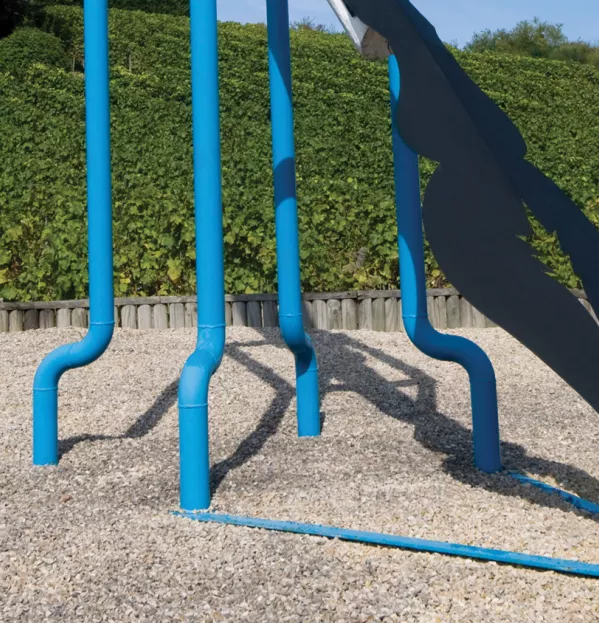‘The pen is mightier than the computer for learning’

Pupils make substantially more progress in literacy if they follow a pen-and-paper course than if they take a similar programme online, new research has found.
Researchers working with pupils in 51 primary schools found that those following a paper-based literacy programme made 50 per cent more progress than those doing an identical course on a computer.
The academics believe that the offline course made it easier for the teaching assistant supporting the pupils to be more adaptable and flexible to the children’s needs.
Other experts said that the difference in results could be down to the fact that the act of writing forces pupils to engage with what they are doing more closely, as they have fewer prompts, such as letters on a keyboard. The study involved 2,241 pupils taking part in either an online or a pencil-and-paper literacy programme. Some of the pupils were assigned as a control group, and continued to receive their usual literacy lessons.
The content of the online and offline programmes was identical. Pupils on both courses were guided by a teaching assistant, who worked with them through a range of writing texts. The pupils then played a series of games, designed to improve phonics fluency and reading comprehension.
The study found that all pupils who took part in the programme made more progress than the control group.
Mixed results
Dr Jenifer Ruiz-Valenzuela, an education researcher at the London School of Economics, who carried out the study for the Education Endowment Foundation, believes that it is not the medium of instruction that makes the difference. Instead, it is the teaching that goes along with it.
“In general, research finds very mixed results about the use of technology in school,” she said. “There are studies that haven’t found very big effects from the use of ICT in learning.
“Computer programs are structured - teachers have to follow what a program tells them to do. The pencil-and-paper approach is more flexible. Teaching assistants could adapt what they were doing a bit more, to the individual children. If a certain group was more able, they could tailor it better to the ability level of the children in that group.”
Jonathan Solity, honorary research fellow at University College London, was unsurprised by these findings. “If you’re writing the word ‘hat’ on paper, you have to generate the letters from your memory,” he said. “If you’re doing the same activity on a keyboard, you have obviously got some prompts: you can find the letter H in front of you. It’s about recognition, rather than recall.
“On a keyboard, it’s potentially easier than if it’s on paper, and [with pencil and paper] you’ve actually got to write. And if you’re writing, my guess is that you are spending longer on the task.”
Meaningful interaction
Rosie Flewitt, who researches literacy and ICT among early years children at the UCL Institute of Education, agreed that most learning takes place in the interaction between teacher and pupil.
“Human interaction makes a huge difference,” she said. “The key to learning is that, if you have an adult and a child interacting, or even two children interacting, you have sustained shared thinking. You’re both thinking about the same thing at the same time, and you can really bring forward their learning.”
She added that the question should not be whether digital technology is good or bad. Instead, it should be about how technology can best be harnessed to improve learning.
The two systems - print and screen - require entirely different methods of reading, Dr Flewitt said. With one, the reader reaches the end of a page and then turns it, progressing from left to right through a book. With the other, the process can involve selecting and then clicking on hyperlinks, moving backwards and forwards between pages.
“Offering an alternative is always good in learning,” she said. “Doing things multiple ways is always good in learning. Having digital as an alternative is a great opportunity to diversify the way that children learn.”
However, James Bowen, of the NAHT headteachers’ union, said that teachers should consider Dr Ruiz-Valenzuela’s findings as a caution. “Salespeople around technology are very good at saying, ‘This is the magic silver bullet. This is the thing that’s going to transform learning in your school,’” he said. “And, often, the evidence is not quite there.
“But, actually, the things that make a difference are good teaching and high-quality assessment for learning. As long as technology enhances that, it will be helpful. If it doesn’t fit into what you’re already doing, as a school, it’s unlikely to have significant benefit.”
You need a Tes subscription to read this article
Subscribe now to read this article and get other subscriber-only content:
- Unlimited access to all Tes magazine content
- Exclusive subscriber-only stories
- Award-winning email newsletters
Already a subscriber? Log in
You need a subscription to read this article
Subscribe now to read this article and get other subscriber-only content, including:
- Unlimited access to all Tes magazine content
- Exclusive subscriber-only stories
- Award-winning email newsletters